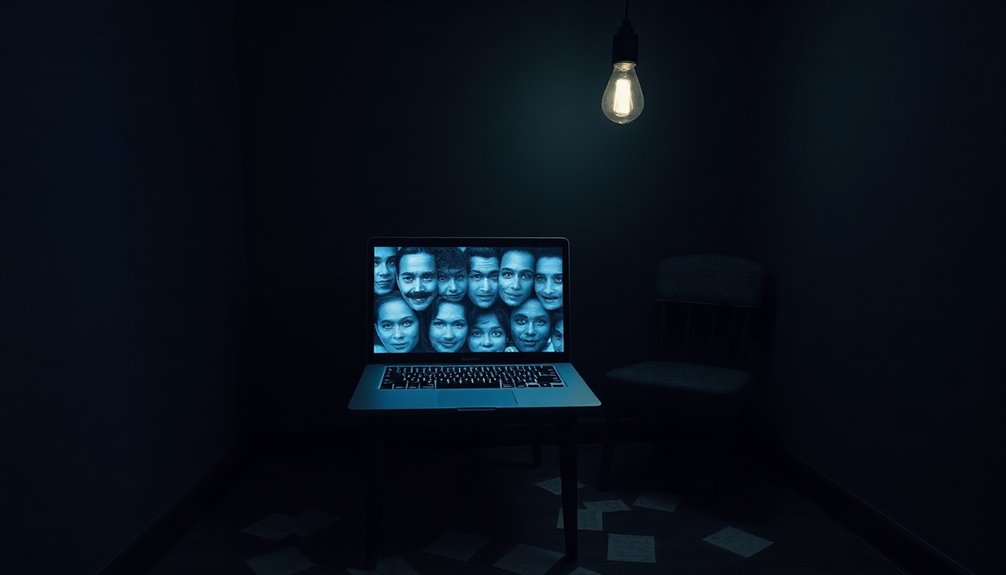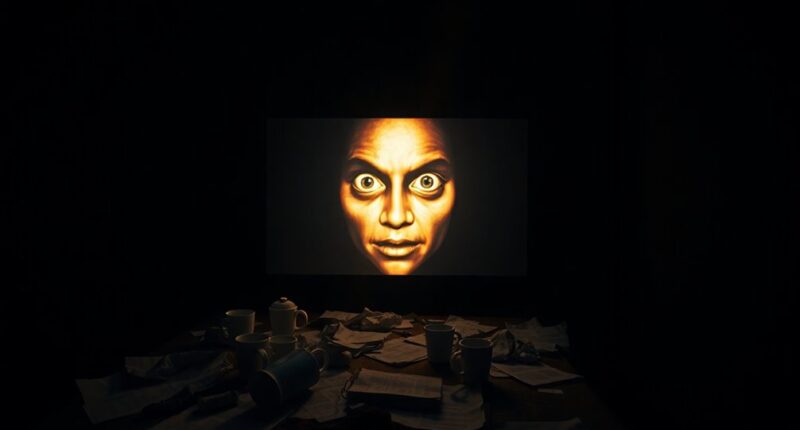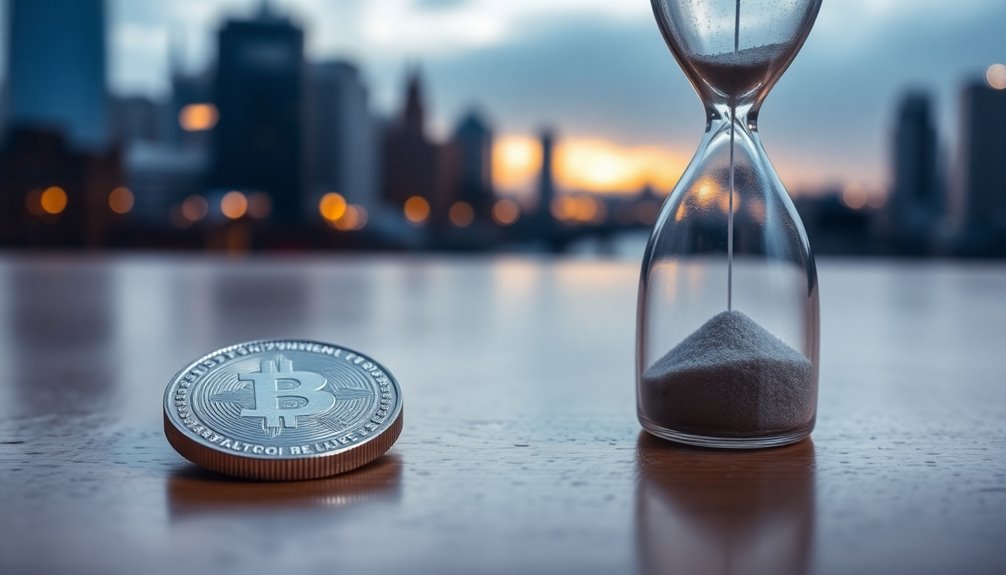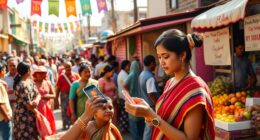You've probably seen the buzz about "Loab," the eerie AI-generated figure that's taken social media by storm. Users are sharing unsettling images born from negative prompting techniques, and the reactions are mixed—some find it fascinating, while others feel a chill. This raises important questions about the nature of creativity and the ethics behind AI art. What does this mean for the future of artistic expression? The conversation is just beginning.

As the digital age continues to reshape creativity, a particularly eerie trend has emerged on social media—creepy AI-generated images featuring a woman named "Loab." These unsettling visuals, birthed from an AI art tool that utilizes negative prompt weights, have quickly gone viral on platforms like Twitter. You can't scroll through your feed without encountering her haunting visage, a product of a unique artistic experimentation that's stirring both fascination and discomfort.
The AI tool responsible for these images operates similarly to DALL-E 2, generating visuals based on text prompts. But what sets this apart is the technique of negative prompting. Instead of asking the AI to create a standard image, users prompt it to produce visuals that are the opposite of their requests, leading to bizarre and often unsettling results. This method has opened a Pandora's box of creativity, allowing artists like you to explore the limits of digital art in ways previously unimaginable. Loab emerged from A.I. art tools that create images based on text prompts.
Loab's viral spread underscores a moment in cultural history where AI-generated art not only entertains but also provokes ethical and artistic discussions. The unsettling nature of these images raises questions about the impact of AI on creativity and the biases that might be inherent in the algorithms. As you engage with this art form, you might wonder how cultural perceptions shape the AI's outcomes, especially when certain faces become associated with horror.
The dynamics of social media play a crucial role in the success of AI-generated content. Platforms like TikTok and Twitter become breeding grounds for viral trends, and Loab is no exception. Creators are capitalizing on this trend, using AI tools to craft engaging horror-themed content that captivates audiences.
It's a double-edged sword, though—while these tools simplify content creation, they also blur the lines between genuine artistic expression and algorithm-driven outputs.
As you delve deeper into this phenomenon, you'll notice the varying public perceptions of AI-generated art. Some see it as a groundbreaking form of artistic innovation, while others perceive it as an unsettling reflection of societal biases. The ethical debates surrounding authorship, ownership, and potential misuse of AI in art are just beginning.
In this rapidly evolving landscape, one thing's for sure: the future of AI art will challenge traditional notions of creativity and prompt conversations about the ethics of technology in the cultural sphere. With Loab leading the charge, the dialogue around AI-generated art is only just beginning.









